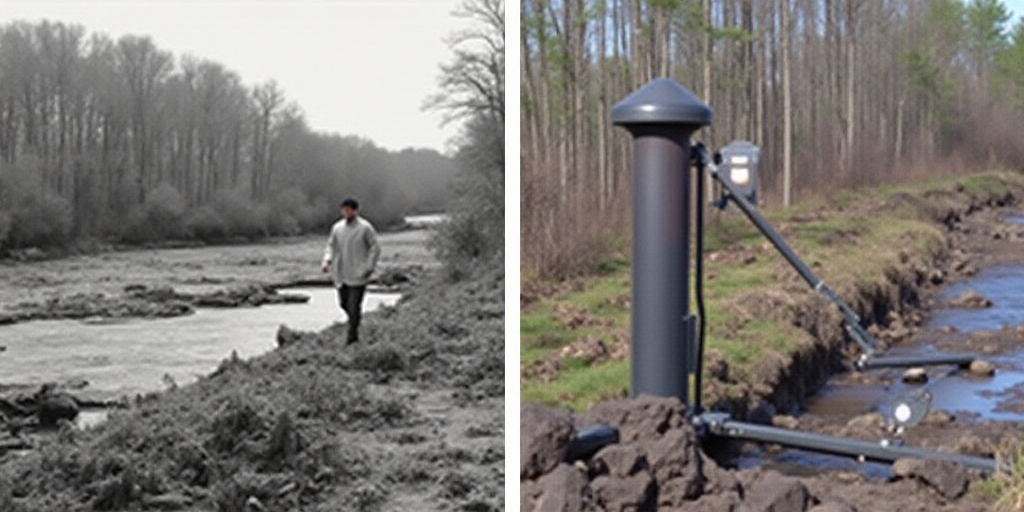Introduction to PFAS: The “Forever Chemicals”
No corner of the Earth is safe from PFAS, or per- and polyfluoroalkyl substances. These chemicals have infiltrated water, food, and even our blood, affecting nearly all living beings. Associated with adverse health effects such as birth defects, reduced fertility, and rare cancers, PFAS have become a global concern.
The Story of PFAS: From Industrial Accidents to Everyday Products
Developed in the 1930s, PFAS are prized for their strength, heat resistance, and water- and oil-repelling properties. Built on the carbon-fluorine bond—the strongest in chemistry—they persist as environmental pollutants, accumulating in our bodies and earning the nickname “forever chemicals.”
Mariah Blake’s new book, “They Poisoned the World: Life and Death in the Age of Forever Chemicals” traces their history, from accidental discovery by a DuPont chemist to modern uses in cookware, clothing, and cosmetics. Had it not been for the efforts of residents in Parkersburg, West Virginia, and Hoosick Falls, New York, the world might still be oblivious to these substances.
“The Worst Environmental Crisis in Human History”
Blake describes PFAS as “a class of chemicals that don’t break down in the environment,” calling it “the worst environmental crisis in human history.”
Corporate Malfeasance and the “Kehoe Rule”
The industry was aware of the risks from the start. Internal tests showed workers suffered chemical burns and respiratory difficulties, while crops withered and livestock near factories died. Yet, they continued production.
Blake traces the roots to the 1920s when reports emerged that lead gasoline caused psychosis and death among factory workers. In response, a scientist backed by the industry proposed the infamous “Kehoe Rule,” which stated that chemicals should be considered safe until proven otherwise.
This doctrine, named after American toxicologist Robert Kehoe, encouraged corporations to cast doubt on health risks—a major reason why the U.S. took until recently to ban asbestos definitively.
The Rise and Exposure of PFAS
Despite knowing the risks, DuPont continued producing PFAS. The turning point came in the 1990s when residents of Parkersburg, West Virginia, discovered DuPont had been dumping Teflon waste in wells and the Ohio River for decades.
- Economic benefits emerged, but workers at the plant experienced birth defects in their children.
- Downstream livestock perished, and residents developed rare cancers.
Activism and Legal Battles
Through “accidental activists” like Michael Hickey, a high-class insurance salesman with no prior interest in politics or environmental issues, the community began investigating Hoosick Falls’ water quality after losing loved ones to cancer.
Years of litigation resulted in hundreds of millions in settlements, forcing DuPont and 3M to gradually phase out two well-known PFAS. However, the companies replaced them with substitutes that later proved equally toxic.
A Changing Landscape
Despite this, Blake argues that change is underway. France has banned PFAS in many consumer goods, the EU is considering a ban, and several U.S. states are taking steps to restrict PFAS.
- Major retailers like McDonald’s are committing to PFAS-free products due to growing chemical liability concerns.
However, Blake’s optimism is tempered by the current political climate. The Trump administration recently announced the reversal of federal drinking water standards for four new-generation PFAS. Yet, she remains hopeful that “ordinary citizens determined to protect their families and communities have truly driven this dramatic change,” much like the progress made in addressing climate change.






